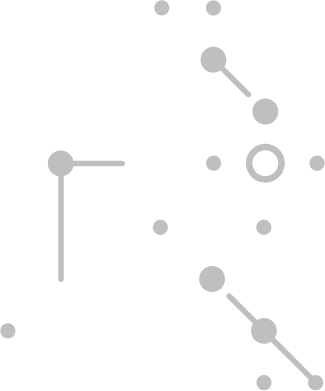IT systems have been used in many analytical fields. As they developed, they supported the areas of accounting, process management, processing, and interpreting data. Today, we see more and more often that the ability to process large amounts of data facilitates better decision-making and the achievement of competitive advantage.
There are many types of databases on the market, but there are also tools that allow the efficient processing and aggregating of data stored in files in various archives. The selection of appropriate data storage and processing tools is complex and requires specialist knowledge. We help our clients design and optimize database solutions, data warehouses, and data lakes, as well as prepare analytical tools and data processing processes.
The most frequently used technologies are:
SQL databases: PostgreSQL, MySQL, SQL Server
NoSQL databases: Redis
Full-text search databases: Elasticsearch, Solr
Time-series databases: InfluxDB
Document-based databases: MongoDB
and other data storage and analysis technologies available in the form of services in AWS, Azure and Google Cloud Services.




